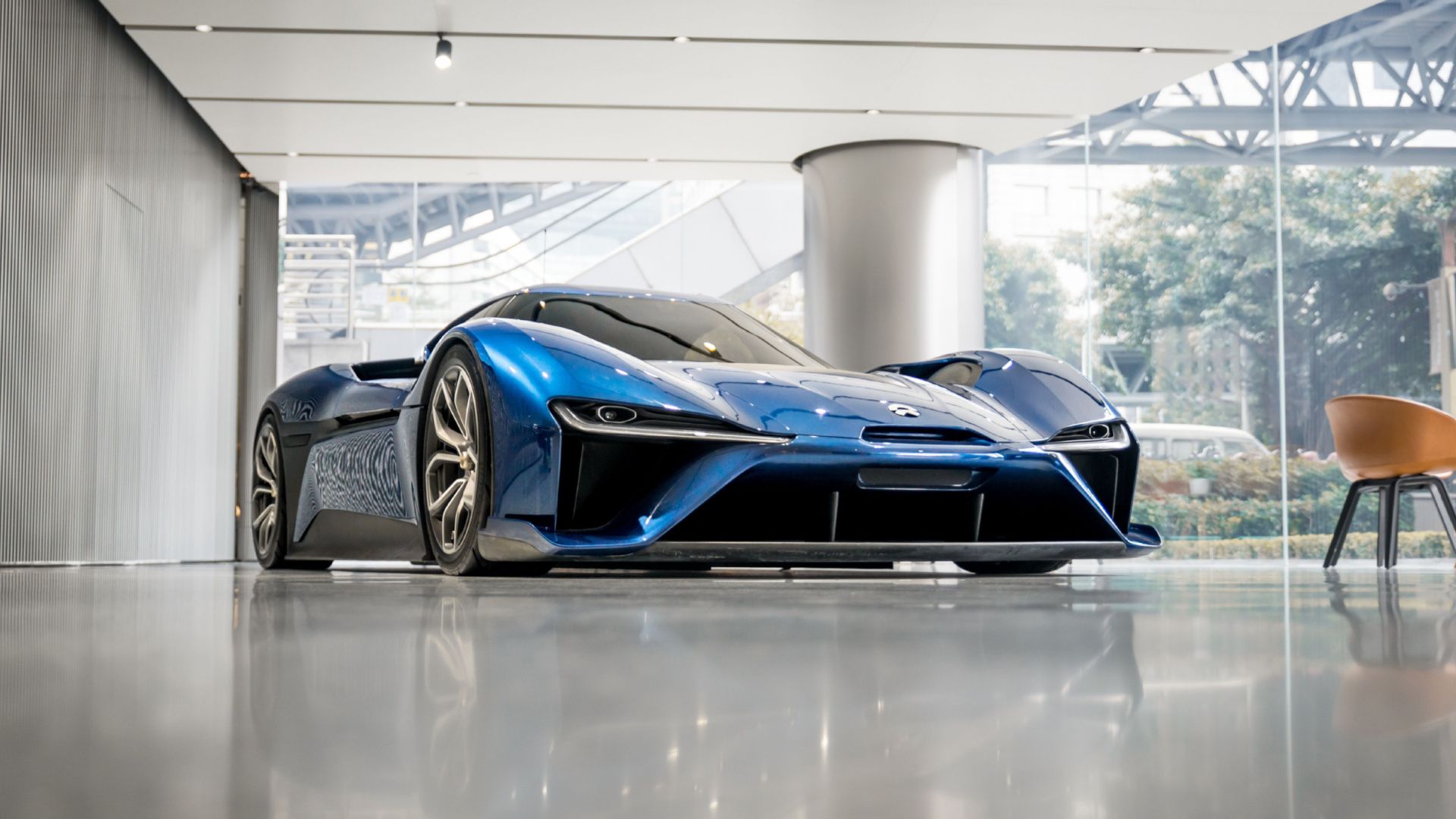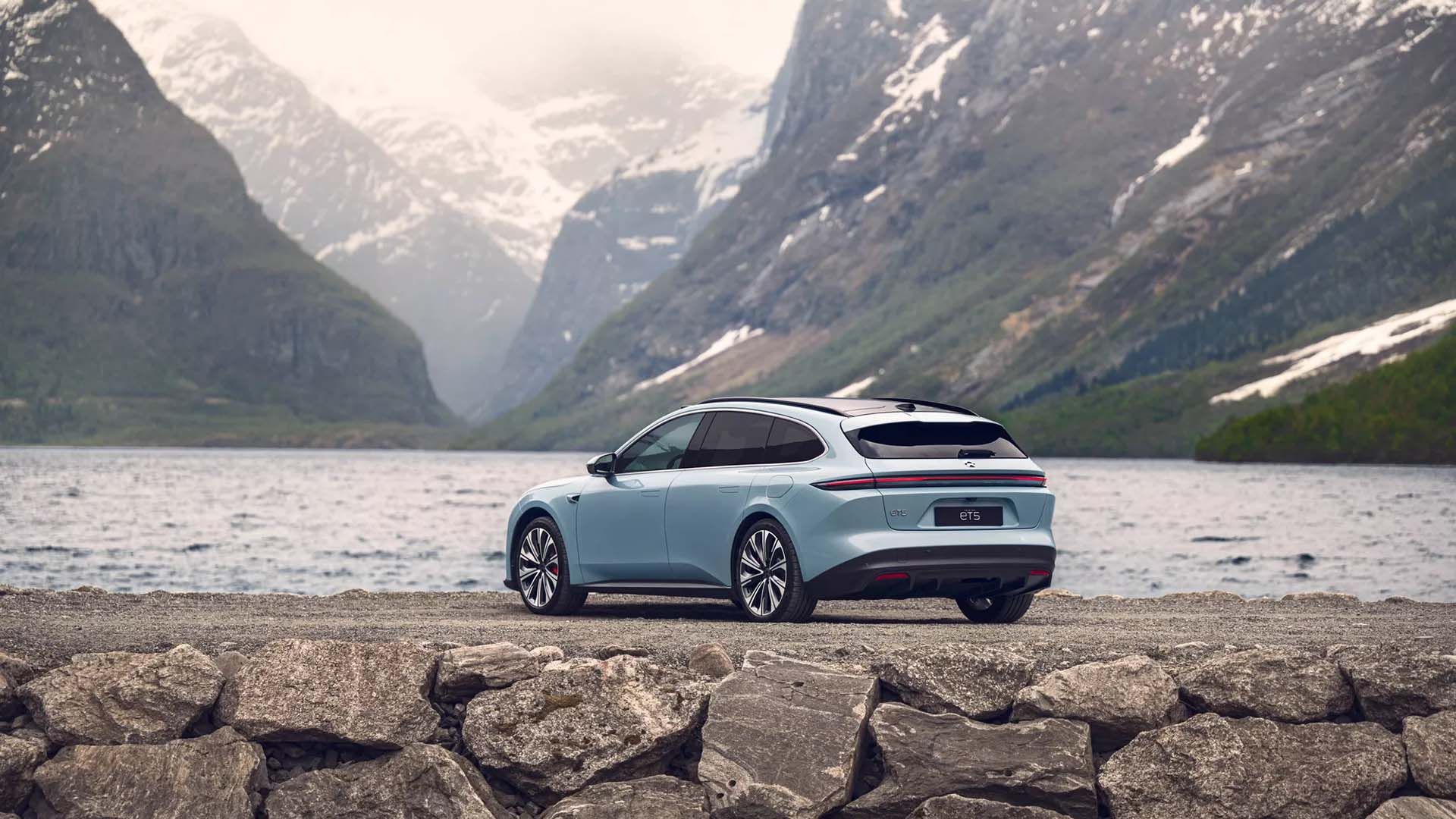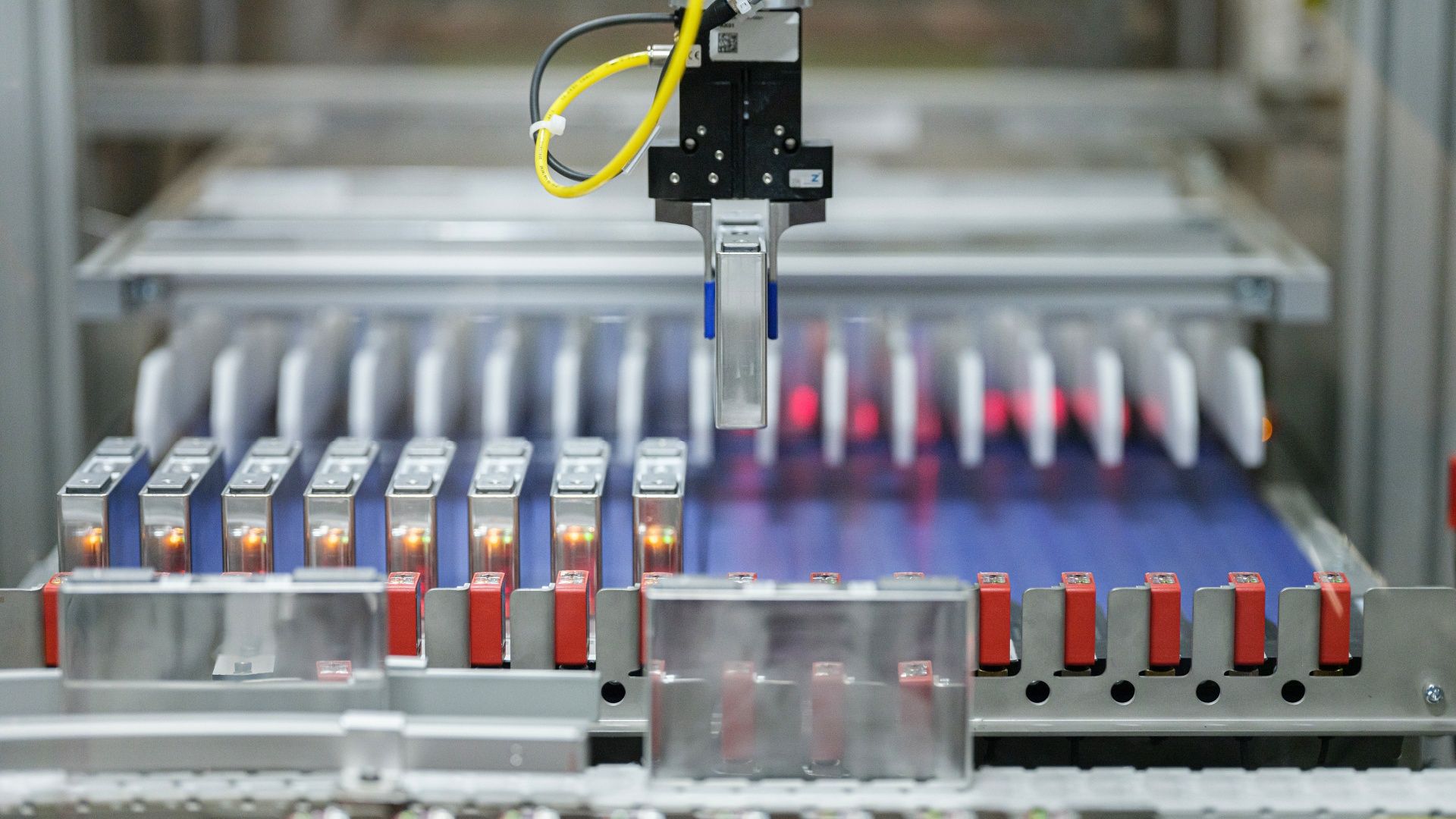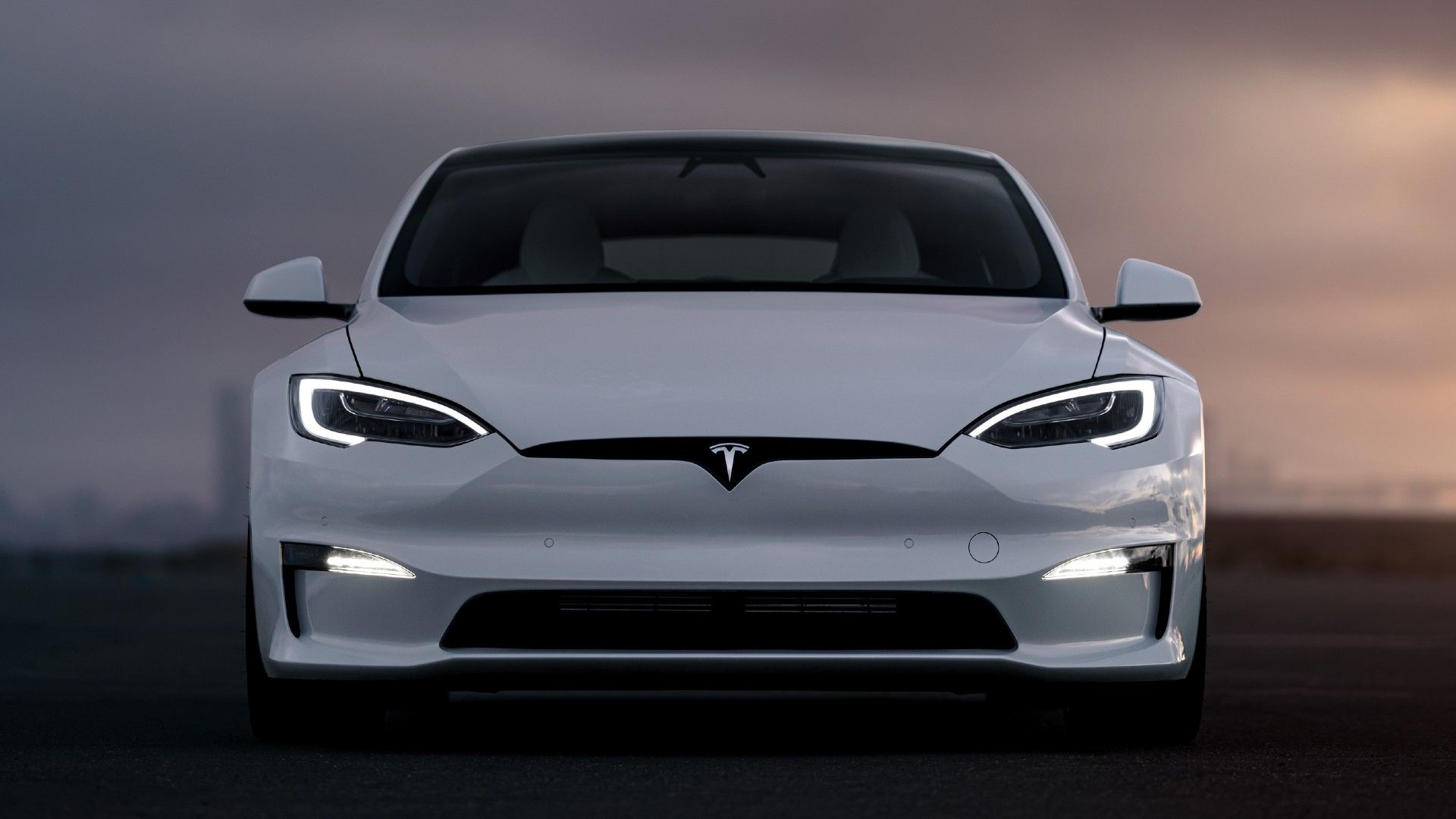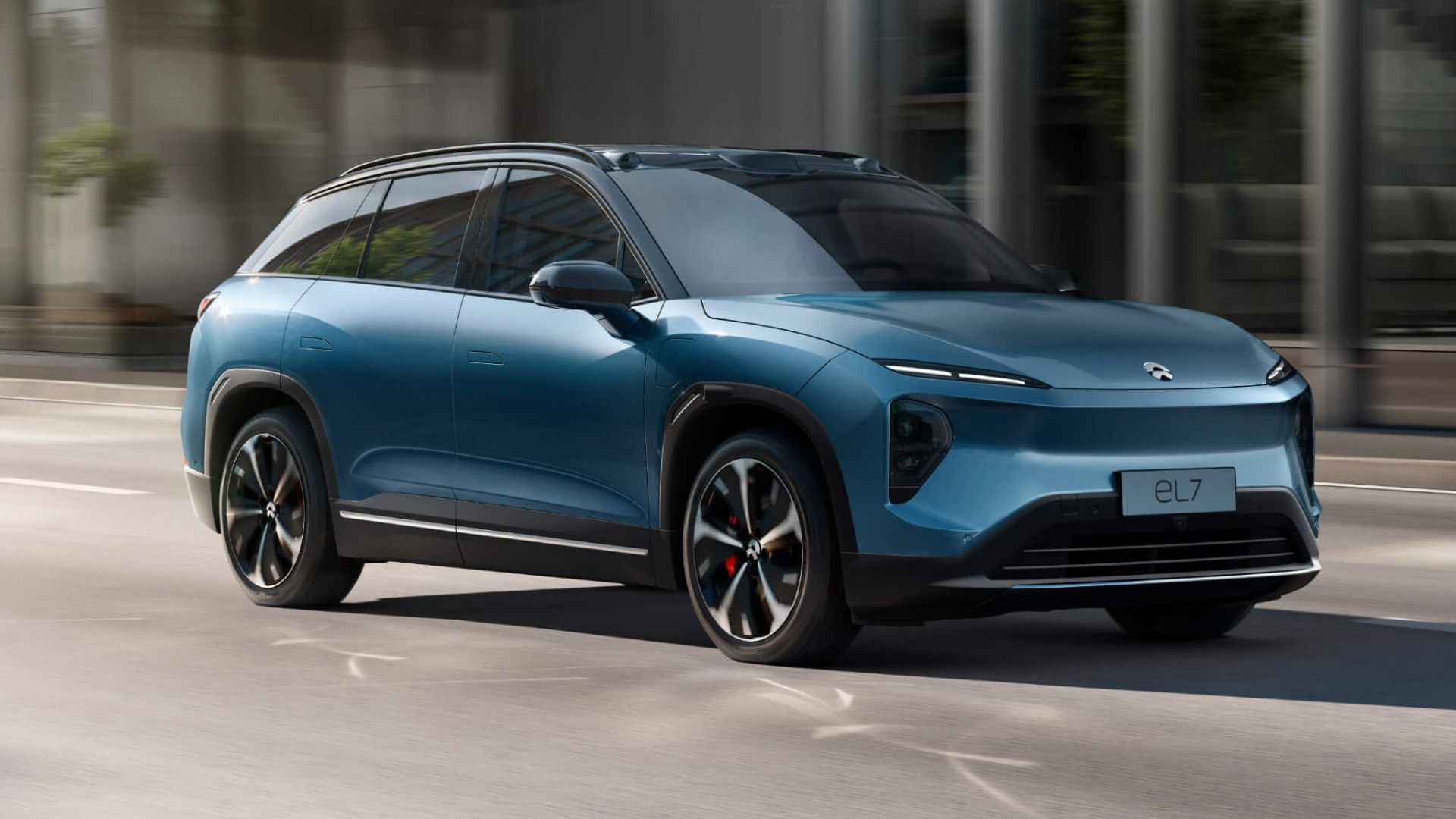
The world is shifting to electric vehicles (EVs), but the pace of adoption varies across regions. While the United States has seen an increase in EV sales, the market share remains in single digits. In contrast, Europe has surpassed North America in EV sales, but it is China that has become the dominant force in the EV race. As a country with a massive market and the ability to produce EVs at a rapid pace, China’s adoption of EVs is widespread and quick. This article will explore how China came to be at the forefront of the EV race.
So, How Did China Get Here?
China, once known primarily for its low-cost labor, has become the world’s largest EV market with the most EV models. The country is home to over 100 EV companies that are relatively unknown. How did China come to dominate the EV race? Politics played a significant role. Until 2022, foreign automakers had to form joint ventures with Chinese automakers to operate in China. This requirement promoted technology sharing and helped China gain knowledge in building new cars.
While this policy may seem beneficial only to China, it also benefited foreign automakers, especially German brands. Volkswagen, for example, established its joint venture with SAIC and FAW in China and treated the country as its most significant market. By creating models tailored specifically to China, such as the Lavida, Volkswagen achieved great success in the Chinese market.
However, Chinese entrepreneurs and engineers realized that they were falling behind in internal combustion engine (ICE) technology compared to countries like Germany. To catch up, they decided to invest in EV technology instead. This move allowed Chinese automakers to innovate and establish their own legacy in the EV age. China’s government played a crucial role in promoting EV technology through subsidies, incentives, and tax breaks, resulting in over 6 million EVs sold in China in 2022.
The World Lacks EVs, So China Creates Them
China chose to invest in EV technology where other countries were still in the early stages. Instead of trying to catch up in ICE technology, Chinese automakers focused on establishing their presence in the EV industry. As early as 2001, EV technology became a priority in China’s economic plans. Subsidies and incentives were provided to companies for producing and developing electric cars. Thanks to these investments and government support, China has become a leader in global EV sales, surpassing other countries.
Batteries Make The EV World Go Round
Establishing a local supply chain is crucial for developing a robust EV industry. China has excelled at this, innovating and reducing the cost of EV technology at a rapid pace. While Western companies favored lithium nickel manganese cobalt (NMC) batteries, Chinese companies focused on lithium iron phosphate (LFP) batteries, which are cheaper and safer. Chinese battery companies have narrowed the energy gap of LFP batteries while keeping costs low.
In addition to advancing battery technology, China also has control over the necessary materials for batteries, including nickel, cobalt, sulfate, lithium hydroxide, and graphite. The country has a well-established battery supply chain, giving it a significant advantage in the global battery market. CATL, one of China’s battery suppliers, dominates global battery supplies, accounting for 34% of worldwide EV batteries.
What About Tesla?
Tesla has also benefited from China’s cultivation of the EV industry. The company’s Shanghai Gigafactory enabled local production with a solid supply chain already established in China. Tesla’s success in China has pushed local brands to innovate and compete, leading to an ongoing “price war” in the country’s EV market. Furthermore, CATL, the dominant battery supplier in China, supplies batteries to Tesla’s Shanghai Gigafactory.
Tesla is even in talks with CATL to build a battery plant solely owned by Tesla, licensing the technology and chemistry from CATL. Ford has also partnered with CATL to build a battery plant in Michigan. Both of these moves have sparked political controversy.
What’s Next For China?
It remains to be seen if other countries can replicate China’s success in the EV industry. The United States is making efforts to develop its own EV industry with initiatives like the Inflation Reduction Act. Chinese EV startups are expanding to overseas markets, although they may face challenges in cracking the North American market due to politics and consumer perception. However, Chinese brands have found success in Europe by providing affordable EV options that cater to the aggressive EV push in the region.
